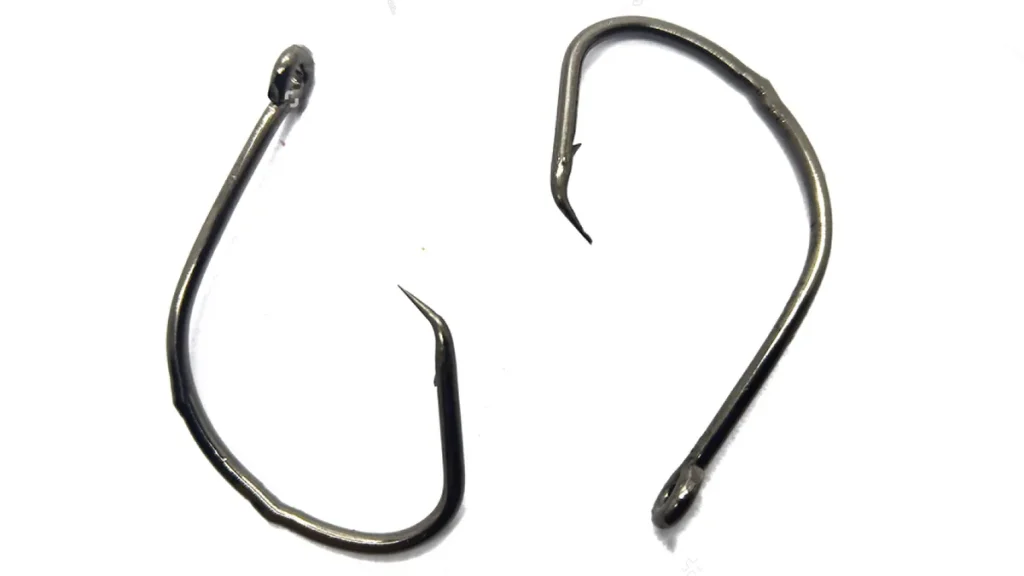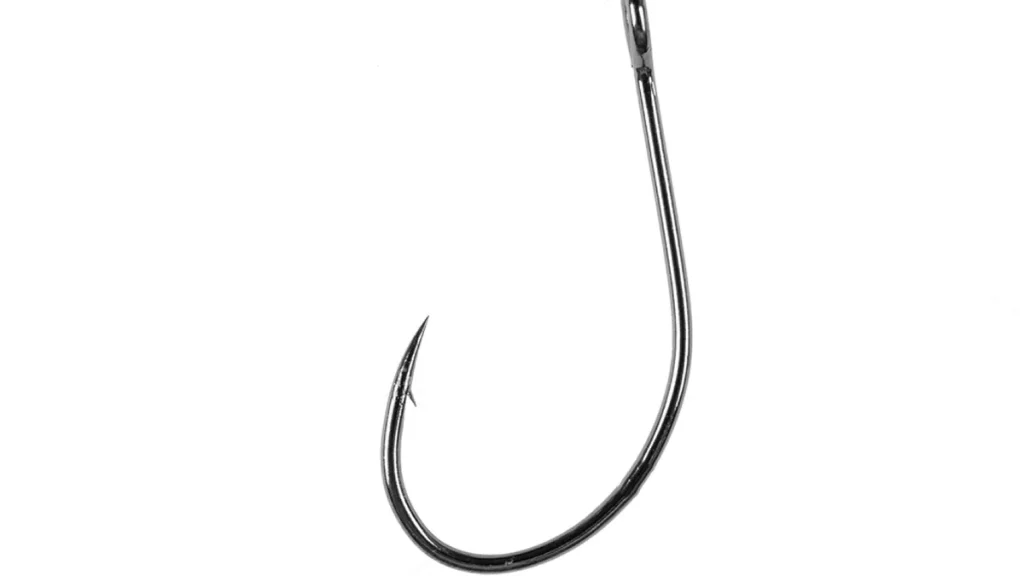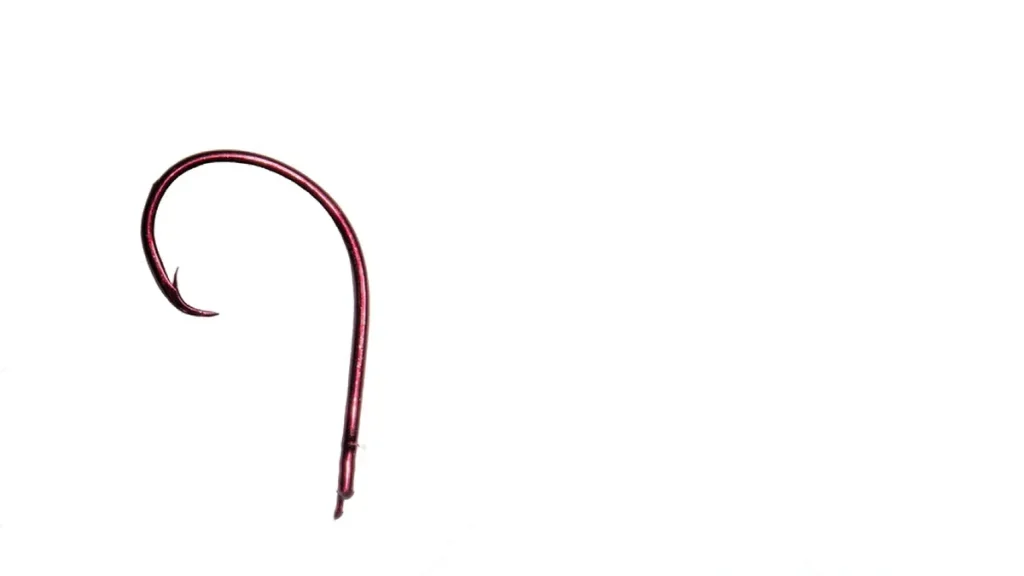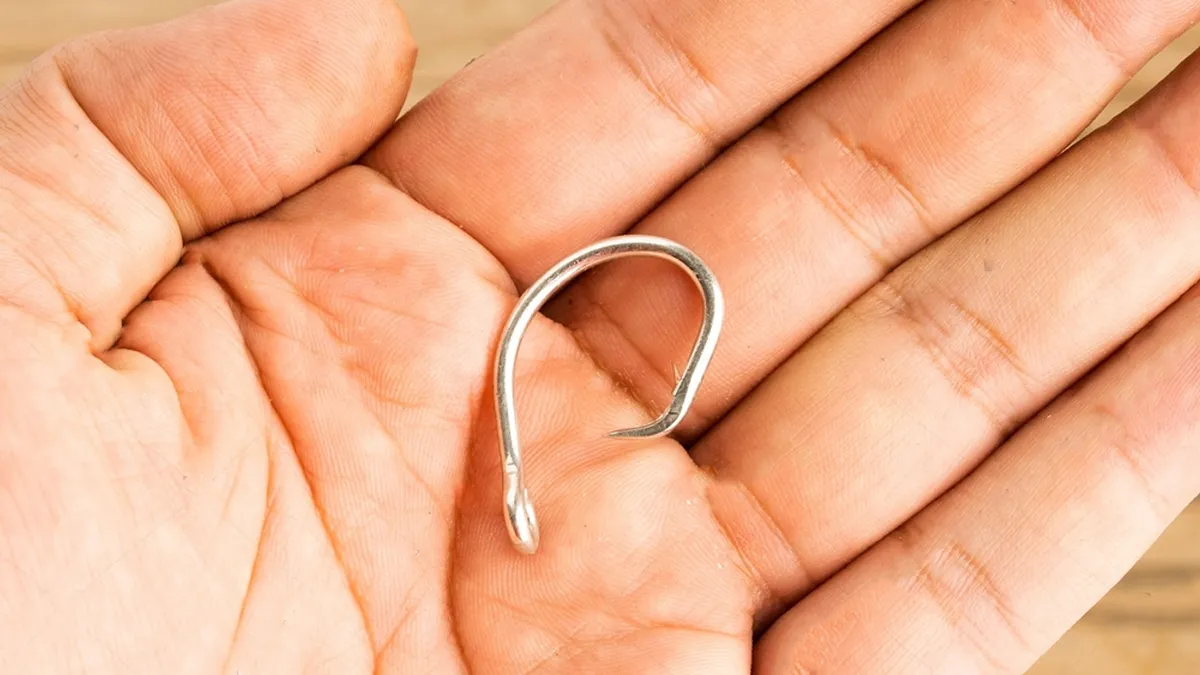Alright, let’s dive into the world of circle hooks, shall we? Imagine a hook that’s not just about snagging your next big catch but doing it with a touch of finesse and care for our finned friends. That’s your circle hook for you! A true standout in the tackle box, it’s revolutionizing the way we fish, making every haul a step towards more ethical angling. With its clever design, it’s like the fish almost hook themselves in the lip – talk about a smooth operator. It’s no wonder anglers everywhere are swapping tales and tips on these hooks, thrilled by their mix of efficiency and eco-consciousness.
And here’s a splash of exciting news: ReelBoss is about to reel you in with an expansion that’s all about enhancing your fishing game. We’re casting our net wider to include these ingenious circle hooks and an array of soft plastic lures that promise to make your fishing trips not just more rewarding, but also a tad kinder to the aquatic world we love. So, keep your eyes peeled and tackle boxes ready; it’s about to get a whole lot more interesting on the water with ReelBoss leading the way to a new era of fishing.
What Are Circle Hooks?
So, what’s the deal with circle hooks? Picture this: a hook that’s designed to be a real ally in your fishing quests, a bit different from the traditional J-hooks we’ve all used at some point. Unlike the straight-shanked J-hooks, circle hooks have a curved shape, almost like a circle (hence the name), with the point turned perpendicularly back towards the shank. This nifty design isn’t just for looks; it’s a clever way to ensure that when a fish takes a bite, the hook gently guides itself to the corner of the fish’s mouth.
This means you’re less likely to harm the fish if you’re planning to catch and release, and it also ups your game in securing the catch. Why? Because once that hook is set in the corner of the mouth, it’s a lot harder for our slippery friends to make a getaway. So, when you’re swapping stories and tips with your mates, don’t forget to mention how switching to circle hooks could be a game-changer in your fishing adventures.
Benefits of Using Circle Hooks
Alright, let’s chat about why use circle hooks for fishing. Picture this: you’re out there on the water, casting your line, and boom, you hook a beauty. But here’s the kicker – with circle hooks, you’ve got a secret weapon. Thanks to their savvy design, these hooks catch right in the corner of the fish’s mouth. That’s a big deal because it drastically cuts down the chance of the fish gulping down the hook, making your catch more humane and a whole lot smoother. It’s not just about upping your catch rate; it’s about fishing smarter.
We’re talking serious conservation wins here, with lower mortality rates for catch-and-release fishing. Plus, you’re saving heaps of time (and hooks!) since you’re not constantly snipping lines or wrestling to remove hooks. It’s a win-win-win. And hey, if you’re keen to keep the good times rolling and make every cast count, stick around. Up next, we’re diving into choosing the right circle hook for your fishing adventures. Trust me, you won’t want to miss this.

Choosing the Right Circle Hook
Alrighty, let’s get you hooked up with the perfect circle hook for your next fishing adventure, focusing on those clever octopus circle hooks. You see, not all circle hooks are created equal, and picking the right one is like choosing the best lure for the day – it can make all the difference.
Octopus Circle Hooks
These little beauties are a subtype of circle hooks, known for their unique bend and wider gap, making them ideal for certain types of bait and fishing conditions. Octopus circle hooks are designed to ensure a secure hook-up and reduce fish harm, perfect for catch-and-release enthusiasts. They’re called “octopus” because of their shape, not because they’re used to catch octopus!
In-line vs. Offset Circle Hooks
Now, let’s break it down further. When choosing your circle hook, you’ll come across in-line and offset options:
- In-line Circle Hooks: These are the go-to for many anglers focused on conservation. The hook point aligns perfectly with the shank, reducing the risk of gut-hooking. Ideal for catch and release, in-line hooks ensure the fish can be returned to the water with minimal harm.
- Offset Circle Hooks: These have a slight angle away from the shank, which can increase your catch rate but at the cost of a higher chance of deep hooking. They’re often used when the fish are being kept rather than released.
Sizing System for Circle Hooks
Getting into the nitty-gritty, circle hook sizes can be a bit puzzling. They come in two main types: “aught” sizes and numbered sizes. Here’s a quick guide:
- “Aught” Sizes (e.g., 1/0, 2/0, etc.): The higher the number, the larger the hook. Simple, right? These are your go-to for bigger fish.
- Numbered Sizes (e.g., #1, #2, etc.): This is where it gets a bit backward. The larger the number, the smaller the hook. Perfect for that smaller catch or when finesse is key.
For instance, if you’re targeting a medium-sized bass, a 3/0 to 5/0 hook might be your sweet spot. Chasing smaller panfish? Look towards the #6 to #8 range. Remember, the right hook not only depends on the fish size but also on the bait you’re using. A chunk of crab meat on a #4 octopus circle hook could be perfect for sheepshead, while a 2/0 might be your pick for live baiting bass.
Choosing the right circle hook, especially when eyeing those versatile octopus circle hooks, boils down to understanding your target species, the bait size, and your overall fishing strategy. Keep these tips in your tackle box, and you’re all set for a successful day on the water.
Best Practices for Using Circle Hooks

Hey mate, diving into Chapter 4, let’s get you savvy with using circle hooks like a pro. First off, forget everything about the dramatic hook set you’ve seen in the movies. With circle hooks, it’s all about letting the fish do the work for you. Cast your line, and when you feel that nibble, resist the urge to yank. Instead, keep it steady. The beauty of these hooks is they’re designed to slide right into the corner of the fish’s mouth as they swim away, securing your catch without the theatrics.
Now, pairing your hook with the right bait size is crucial. Think of it as matching your shoes to your outfit – it’s gotta be just right. If you’re using a larger bait, go for a hook that’s big enough to accommodate it, but ensure the hook’s curve isn’t obscured. This way, when Mr. Fish comes dining, that hook is all set to do its job effectively. Remember, it’s all about balance and finesse, setting you up for some top-notch fishing success.
Circle Hooks and Fish Species

Circle hooks are a top pick for many fish species, both in salt and fresh waters. Saltwater fans like redfish, snook, and tarpon, along with freshwater buddies such as catfish and bass, are ideal for circle hooks. They allow for a better catch and gentle release. However, not all fish are suited for them. Fast strikers and light nibblers, like some trout and mackerel, might not get hooked as easily due to their quick biting habits. It’s all about knowing your target and choosing the right tool for the job. Circle hooks excel with certain species, but for those quick bites, you might want to stick with traditional hooks.
Conservation and Regulatory Aspects
In this section, we dive deep into how circle hooks are not just a tool for anglers but a beacon for conservation efforts worldwide. These hooks are a big deal in sustainable fishing practices, as their design significantly cuts down on bycatch—the accidental capture of unintended species. This means dolphins, turtles, and other non-target creatures are less likely to be harmed, making circle hooks a favorite among environmental circles.
Moreover, regulations across the globe are starting to reflect the conservation benefits of circle hooks. Many regions now encourage or even mandate their use, especially in catch-and-release fisheries, to improve the survival rates of released fish. This shift towards circle hooks is a clear nod towards more responsible fishing, ensuring that our waters stay teeming with life for generations to come. By adopting circle hooks, anglers play a pivotal role in preserving marine biodiversity, showcasing how small changes in our habits can have a massive impact on the health of our oceans.
Conclusion
Wrapping up our journey through the world of circle hooks, it’s clear they’re not just another item in your tackle box but a choice towards a more sustainable and rewarding fishing experience. From the unique design that ensures better catch rates and safer releases to their significant role in conservation efforts, circle hooks stand out as a smart choice for the modern angler. We’ve explored how these hooks work best for a variety of fish species, how to select the right size and style for your fishing needs, and the regulations that are shaping their use globally for the betterment of our waters.
As we all aim for a more sustainable approach to fishing, embracing circle hooks is a step in the right direction. They not only improve the quality of our catches but also contribute to the health of marine ecosystems. However, while we’re gearing up to bring our own range of circle hooks to you, why not take a look at our braided fishing lines? These lines are designed to enhance your fishing experience with their strength, durability, and sensitivity, ensuring you’re well-equipped for when those circle hooks are ready to hit the shelves.
Remember, every choice we make on the water reflects back on the environment. By opting for tools and practices that support conservation, we’re not just fishing for today; we’re fishing for tomorrow. So, until our circle hooks are ready to make their splash, let’s keep casting lines that support both our passion and the planet. Happy fishing, and stay tuned for the exciting additions coming your way!
